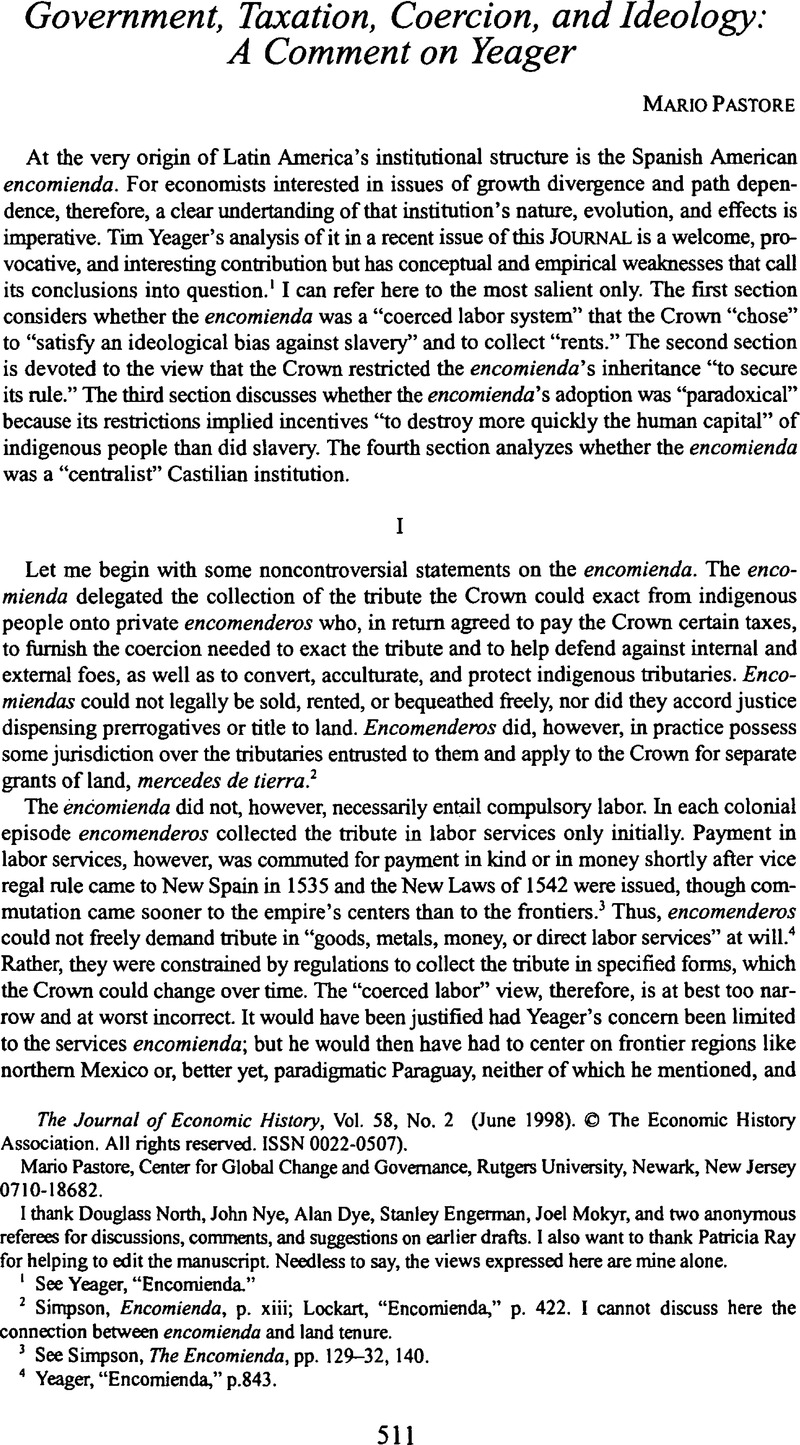Crossref Citations
This article has been cited by the following publications. This list is generated based on data provided by Crossref.
Maurer, Noel
1999.
Progress without order: mexican economic history in the 1990s.
Revista de Historia Económica / Journal of Iberian and Latin American Economic History,
Vol. 17,
Issue. S1,
p.
13.
Nonneman, Walter
2009.
The Political Economy of Theocracy.
p.
119.
Garfias, Francisco
and
Sellars, Emily A.
2021.
From Conquest to Centralization: Domestic Conflict and the Transition to Direct Rule.
The Journal of Politics,
Vol. 83,
Issue. 3,
p.
992.
Garfias, Francisco
and
Sellars, Emily A.
2024.
Fiscal legibility and state development: Theory and evidence from colonial Mexico.
American Journal of Political Science,



